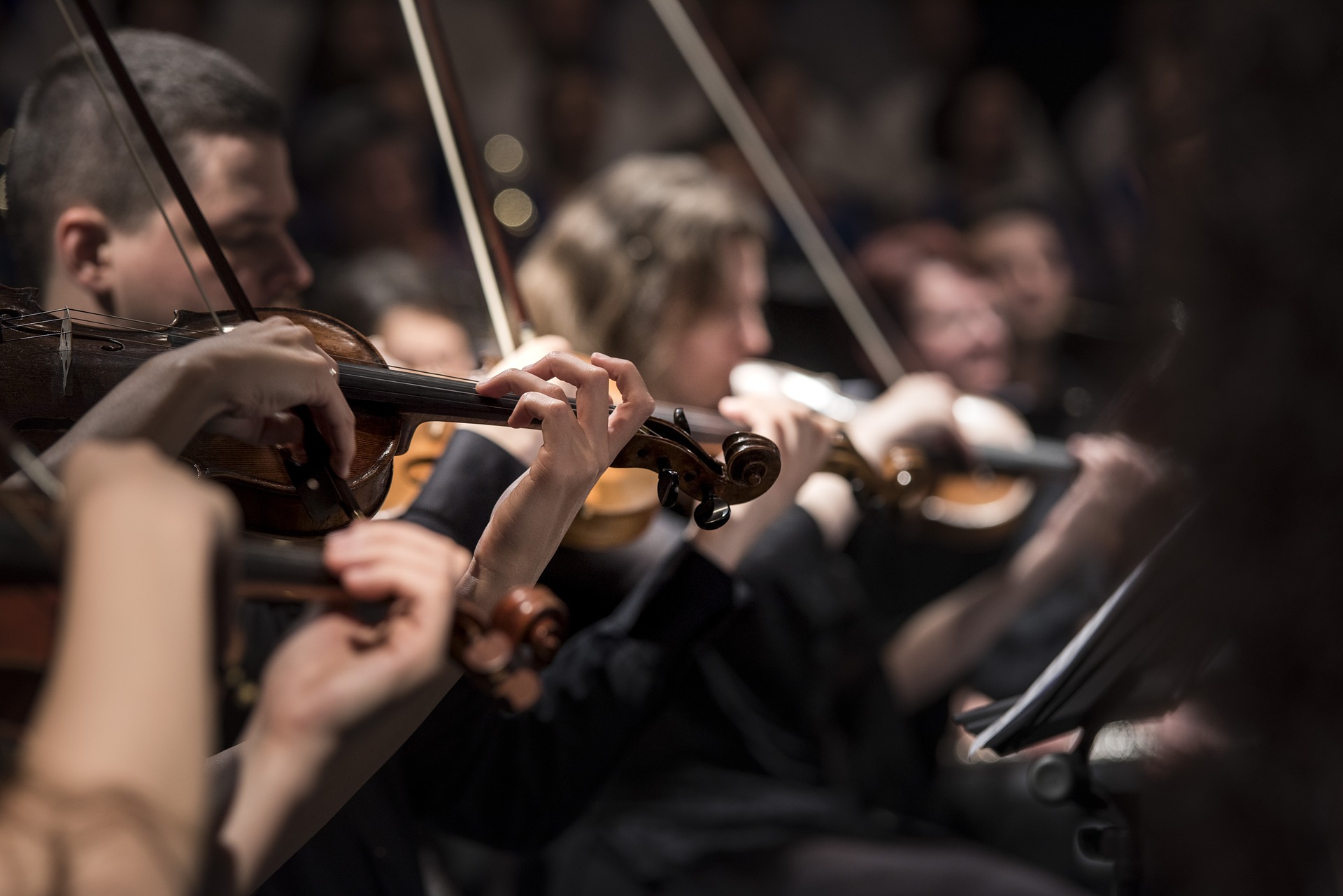
If you were asked to name a piece of classical music, would you be able to? For many college students, the answer would be no. The world of classical music is vast. It covers centuries of musical pieces, and for the average college-age listen-

er, it can be hard to know where to begin.
To combat the problem, The Scoop sat down this week with Dr. Allin Sorenson, the dean of the School of Communication, Fine and Performing Arts at Drury University. Here are Dr. Sorenson’s top seven pieces from the major classical music periods that he thinks every college student should recognize.
7. Coronation of Poppea – Claudio Monteverdi (Baroque)
“This opera was first performed in 1643, [when the] new art form known as opera was still in its infancy. It helped set the boundaries of this new form of combining theatre and music.”
Opera is included in the Western classical music tradition, although it is not entirely comprised of instrumental music.
6. The Well-Tempered Clavier – J. S. Bach (Baroque)
“This set of 24 preludes and fugues explored the new tuning system known as equal temperament allowing keyboard instruments to play in any of the 24 major and/or minor keys.”
5. Symphony No. 9 in d minor – Ludwig von Beethoven (Classical)
“Beethoven took the ideas developed in the Classic period and created the definitive example of the form known as the symphony. The ninth is his final symphony and uses a chorus to set the poem “Ode to Joy” by Friedrich Shiller in the final movement [. . .] Its significance was validated by the European Union choosing it for its anthem, and by its use when the Berlin Wall fell.”
4. Du bist die Ruh – Franz Schubert (Classical/Romantic)
“The development of the lied or song, defined as a solo vocal line with a piano accompaniment, created a new genre that continues until this day. It solidified the use of the piano as a perfect instrument to accompany the human voice.”
3. The Rite of Spring — Igor Stravinsky (20th century)
“This ballet was premiered in Paris in 1913 and caused a near riot because of its subject matter and the avant garde nature of the work. It is significant because it explores many novel approaches for its time including tonality, rhythm and dissonance, setting the stage for the dramatic changes that would come in twentieth century music.”
2. Prelude to the afternoon of a Faun – Claude Debussy (Impressionist)
“This piece defines a turning point for music in the twentieth century, aligning it with the impressionists in art. Its use of the tri-tone and whole tone scale sets the stage for the atonal works yet to come.”
1. Appalachian Spring – Aaron Copland (20th century)
“Aaron Copland’s ballet captures the vastness of the American landscape and American life. Copland’s compositional techniques helped to define the sound of American music in the 20th century.”
Good job! Very interesting. I will definitely listen to all of these!